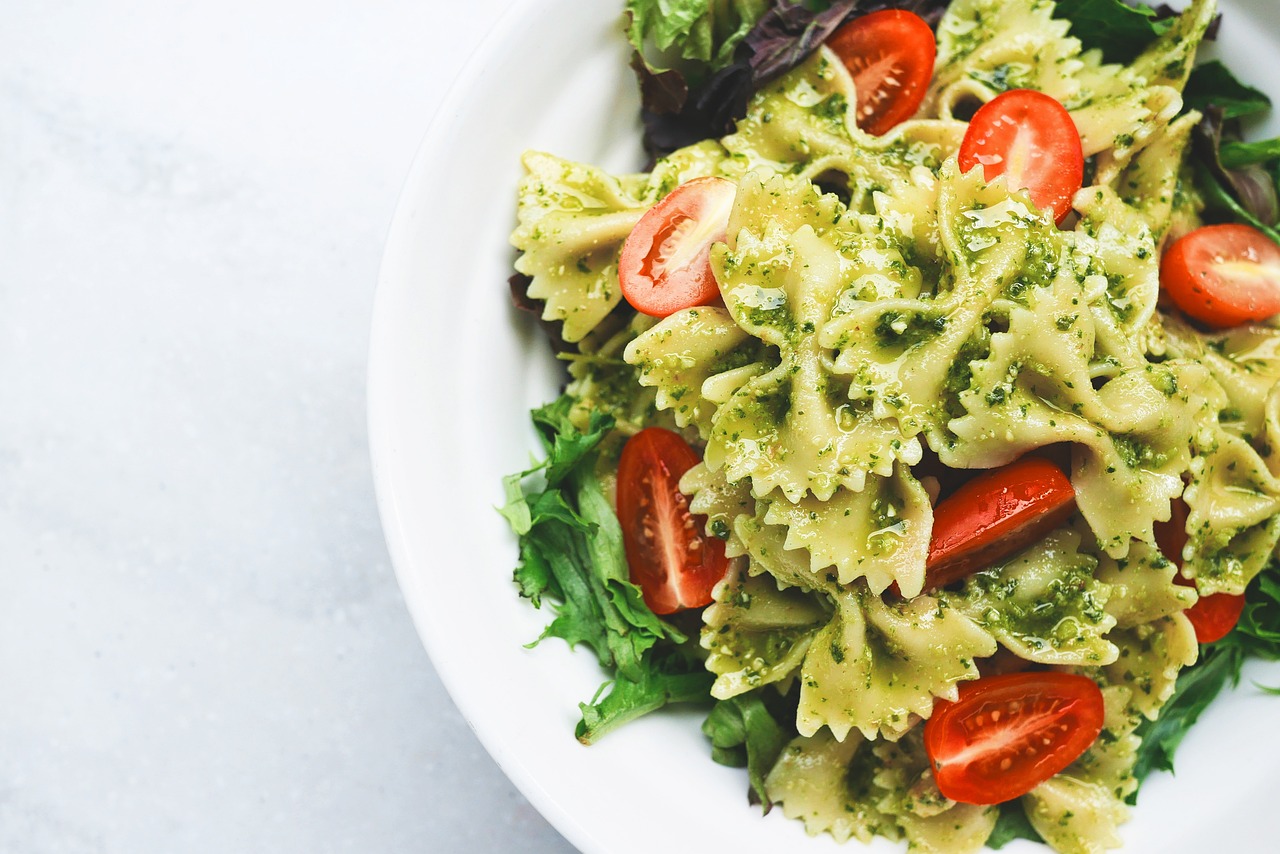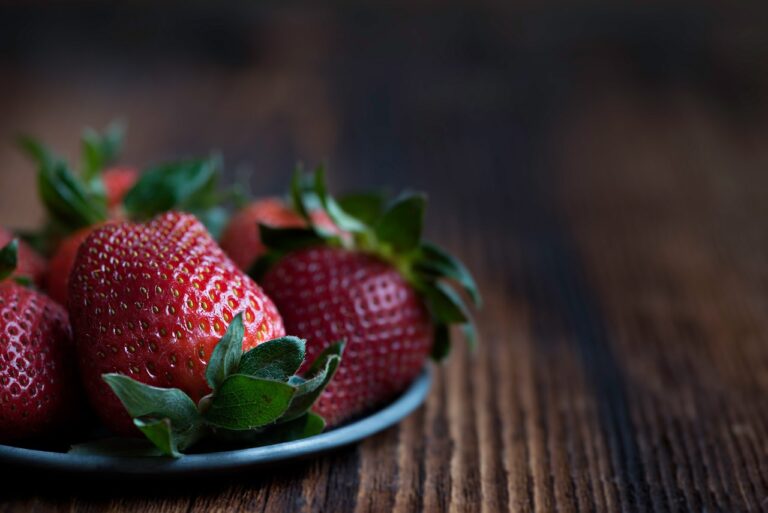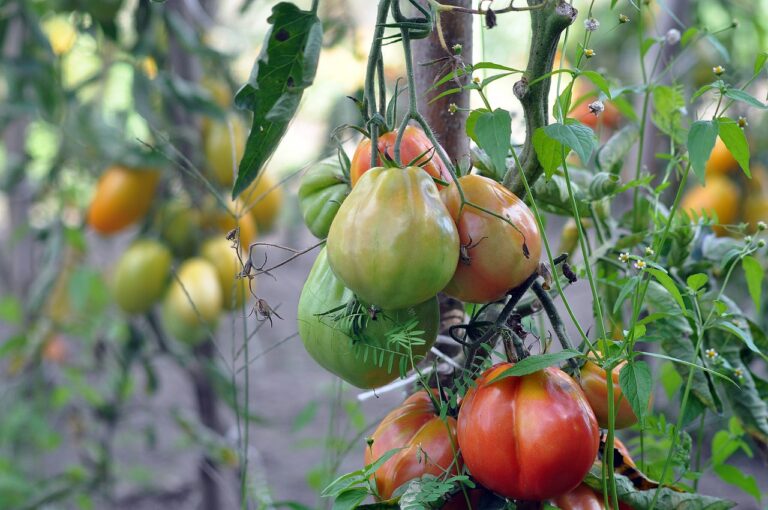The Future of Food Packaging: Innovations in Bioplastics and Bio-Based Materials
Plastic packaging has long been a staple in the industry due to its durability and cost-effectiveness. However, the excessive use of traditional plastic packaging has resulted in severe environmental consequences. The most pressing challenge posed by traditional plastic packaging is its non-biodegradability, leading to massive amounts of plastic waste accumulating in landfills and oceans worldwide.
Moreover, the production of traditional plastic packaging heavily relies on fossil fuels, contributing to greenhouse gas emissions and climate change. This reliance on non-renewable resources is unsustainable in the long run and highlights the need for a shift towards more eco-friendly alternatives. As consumers become more environmentally conscious, the pressure is mounting on industries to find sustainable solutions to the challenges posed by traditional plastic packaging.
Benefits of Bioplastics in Food Packaging
Bioplastics offer a sustainable alternative to traditional plastic packaging, particularly in the food industry. Made from renewable resources such as corn starch or sugarcane, bioplastics help reduce our dependency on finite fossil fuels. This eco-friendly packaging option not only minimizes our carbon footprint but also helps in the conservation of natural resources.
Furthermore, bioplastics have the ability to biodegrade more easily than conventional plastics, reducing the amount of plastic waste in landfills and oceans. This is especially crucial in the food industry, where packaging waste can contribute significantly to environmental pollution. By utilizing bioplastics in food packaging, businesses can showcase their commitment to sustainability and appeal to environmentally conscious consumers.
Latest Innovations in Bio-Based Packaging Materials
In recent years, there has been a surge in the development of bio-based packaging materials aimed at reducing the environmental impact of traditional plastic packaging. One notable innovation is the use of algae-based bioplastics, which have shown promising results in terms of biodegradability and sustainability. These bioplastics are not only derived from renewable sources but also have the potential to decompose naturally, lessening the burden on landfills and oceans.
Another innovative approach is the utilization of mycelium, the root structure of fungi, to create biodegradable packaging materials. Mycelium-based packaging is not only compostable but also offers a high level of strength and insulation, making it a viable alternative to traditional plastic foam packaging. This environmentally friendly material has the potential to revolutionize the packaging industry by providing a sustainable and effective solution to the growing plastic waste crisis.
What are the challenges of traditional plastic packaging?
Traditional plastic packaging poses serious environmental concerns due to its non-biodegradable nature, leading to pollution and harm to marine life.
What are the benefits of bioplastics in food packaging?
Bioplastics offer a sustainable alternative to traditional plastic packaging as they are made from renewable resources and are biodegradable, reducing the environmental impact.
What are some of the latest innovations in bio-based packaging materials?
Some of the latest innovations include bio-based plastics derived from sources such as corn, sugarcane, and algae, as well as compostable packaging materials made from plant-based fibers. These materials offer a more sustainable and eco-friendly option for packaging.







